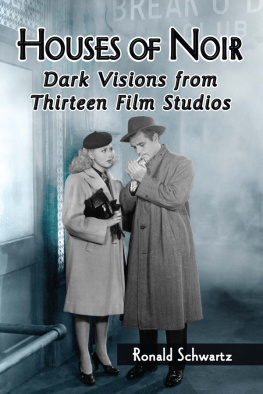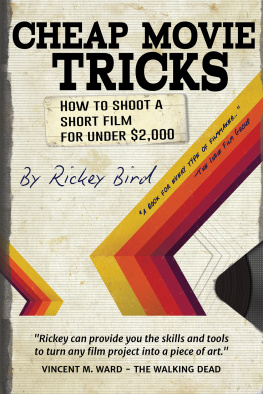George Stevens Jr. - Conversations at the American Film Institute with the Great Moviemakers: The Next Generation
Here you can read online George Stevens Jr. - Conversations at the American Film Institute with the Great Moviemakers: The Next Generation full text of the book (entire story) in english for free. Download pdf and epub, get meaning, cover and reviews about this ebook. year: 2012, publisher: Knopf, genre: Detective and thriller. Description of the work, (preface) as well as reviews are available. Best literature library LitArk.com created for fans of good reading and offers a wide selection of genres:
Romance novel
Science fiction
Adventure
Detective
Science
History
Home and family
Prose
Art
Politics
Computer
Non-fiction
Religion
Business
Children
Humor
Choose a favorite category and find really read worthwhile books. Enjoy immersion in the world of imagination, feel the emotions of the characters or learn something new for yourself, make an fascinating discovery.

- Book:Conversations at the American Film Institute with the Great Moviemakers: The Next Generation
- Author:
- Publisher:Knopf
- Genre:
- Year:2012
- Rating:4 / 5
- Favourites:Add to favourites
- Your mark:
Conversations at the American Film Institute with the Great Moviemakers: The Next Generation: summary, description and annotation
We offer to read an annotation, description, summary or preface (depends on what the author of the book "Conversations at the American Film Institute with the Great Moviemakers: The Next Generation" wrote himself). If you haven't found the necessary information about the book — write in the comments, we will try to find it.
A companion volume to George Stevens, Jr.s, much admired book of American Film Institute seminars with the great pioneering moviemakers (InvaluableMartin Scorsese).
Those represented heredirectors, producers, writers, actors, cameramen, composers, editorsare men and women working in pictures, beginning in 1950, when the studio system was collapsing and people could no longer depend on, or were bound by, the structure of studio life to make movies.
Here also are those who began to work long after the studio days were overRobert Altman, David Lynch, Steven Spielberg, among themwho talk about how they came to make movies on their own. Somelike Peter Bogdanovich, Nora Ephron, Sydney Pollack, Franois Truffauttalk about how they were influenced by the iconic pictures of the great pioneer filmmakers. Others talk about how they set out to forge their own pathsJohn Sayles, Roger Corman, George Lucas, et al.
In this series of conversations held at the American Film Institute, all aspects of their work are discussed. Here is Arthur Penn, who began in the early 1950s in New York with live TV, directing people like Kim Stanley and such live shows as Playhouse 90, and on Broadway, directing Two for the Seesaw and The Miracle Worker, before going on to Hollywood and directing Mickey One and Bonnie and Clyde, among other pictures, talking about working within the system. (When we finished Bonnie and Clyde, says Penn, the film was characterized rather elegantly by one of the leading Warner executives as a piece of shit . . . It wasnt until the picture had an identity and a life of its own that the studio acknowledged it was a legitimate child of the Warner Bros. operation.)
Here in conversation is Sidney Poitier, who grew up on an island without paved roads, stores, or telephones, and who was later taught English without a Caribbean accent by a Jewish waiter, talking about working as a janitor at the American Negro Theater in exchange for acting lessons and about Hollywood: It never really had much of a conscience . . . This town never was infected by that kind of goodness.
Here, too, is Meryl Streep, Americas premier actress, who began her career in Julia in 1977, and thirty odd years later, at sixty, was staring in The Iron Lady, defying all the rules about term limits and a filmmaking climate tyrannized by the male adolescent demographic . . . Streep on making her first picture, and how Jane Fonda took her under her wing (That little line on the floor, Fonda warned Streep, dont look at it, thats where your toes are supposed to be. And thats how youll be in the movie. If theyre not there, you wont be in the movie). Streep on the characters she chooses to play: I like to defend characters that would otherwise be misconstrued or misunderstood.
The Next Generation is a fascinating revelation of the art of making pictures.
George Stevens Jr.: author's other books
Who wrote Conversations at the American Film Institute with the Great Moviemakers: The Next Generation? Find out the surname, the name of the author of the book and a list of all author's works by series.











